Template Letter for Giving Notice on Rented Property
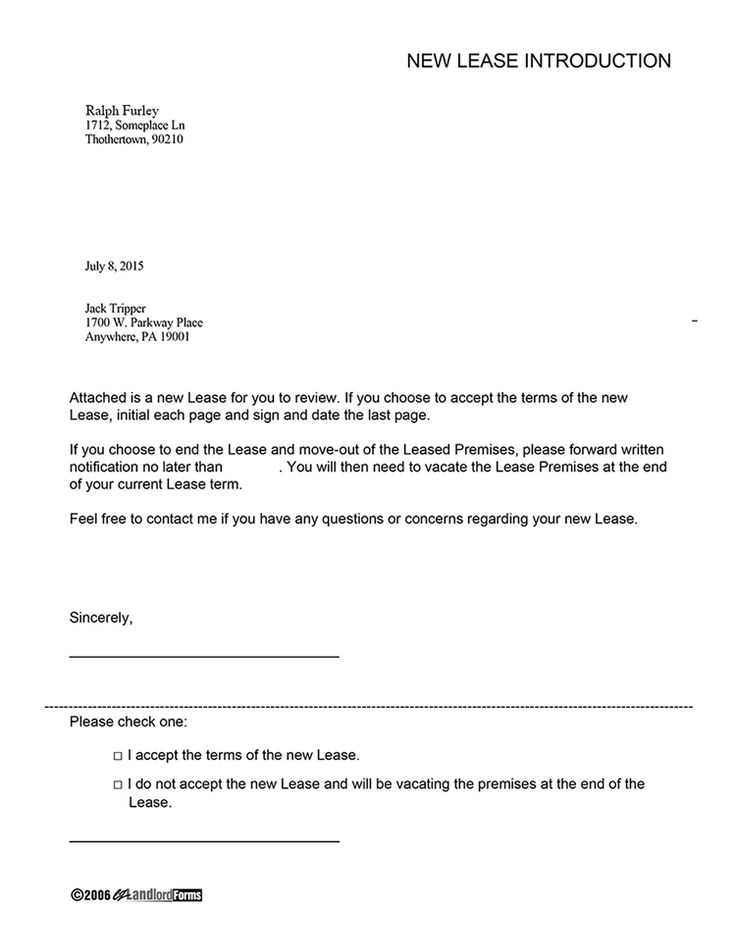
When you decide to move out of a place you’ve been living in, it’s important to communicate your decision to your landlord in a clear and professional way. This helps avoid confusion and ensures that both parties are on the same page. A formal written communication is the best approach to make sure everything is documented properly.
Key Information to Include in Your Communication
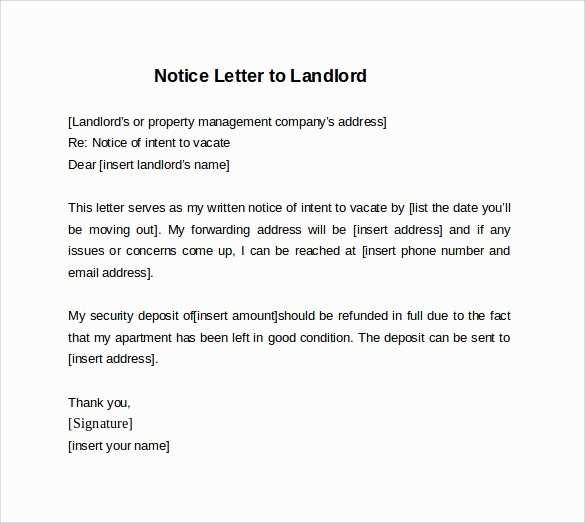
Your message should cover all the essential details to make the process smooth and transparent. Here are the main points to include:
- Reason for leaving – Though not always required, it can be helpful to briefly explain why you’re moving out.
- Move-out date – Clearly specify the date you plan to vacate the space to avoid misunderstandings.
- Forwarding address – Provide your new contact details for any future communication or finalizing payments.
- Security deposit – Mention the expectation regarding the return of any deposit you’ve paid.
Important Formatting Tips
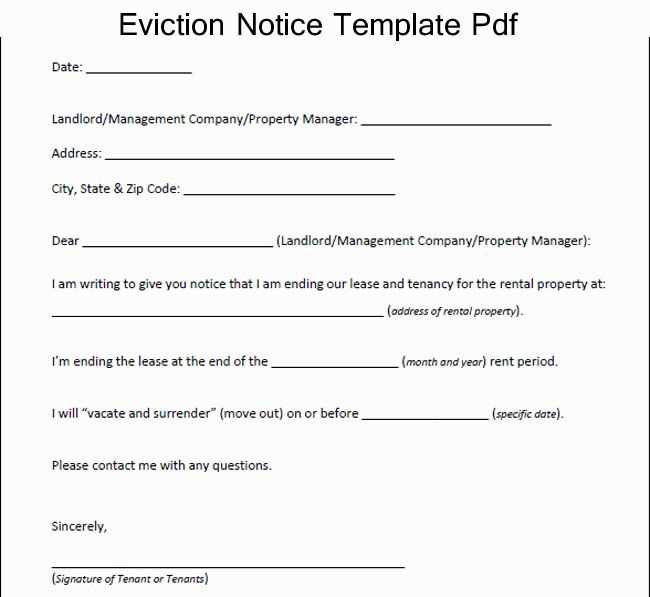
To make sure your message is taken seriously, follow these tips for proper structure:
- Be concise and clear – Keep your communication professional, sticking to the facts without unnecessary details.
- Use formal language – Even if you have a good relationship with your landlord, maintaining a formal tone ensures respect and clarity.
- Proofread – Double-check for any mistakes before sending to maintain professionalism.
Timing is Crucial
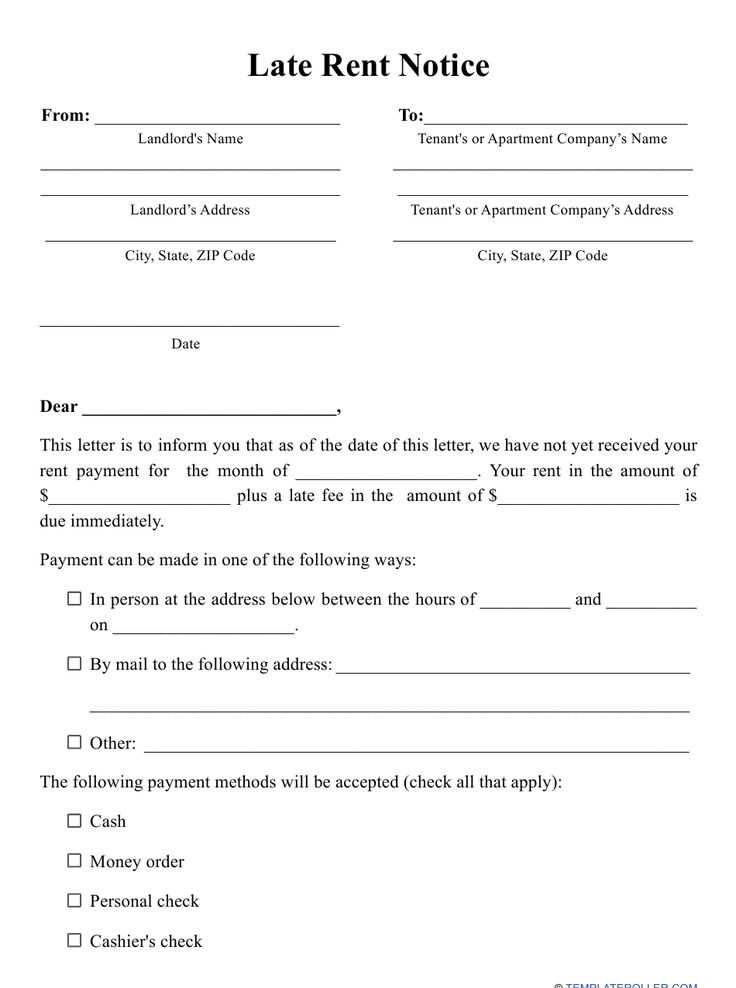
Make sure you send your communication with enough time for your landlord to make necessary arrangements. Typically, a notice should be given 30 days prior to your intended move-out date, but always check your lease for specific requirements.
Final Steps After Sending Your Communication
Once you’ve sent your formal message, it’s time to prepare for your move. Be sure to:
- Schedule a final walkthrough with the landlord to inspect the space.
- Return keys, access cards, or any other property provided by the landlord.
- Settle any outstanding bills or rent payments.
- Ensure your security deposit is refunded as per your agreement.
By following these steps and communicating effectively, you’ll make the transition smoother for both you and your landlord.
Why You Need a Formal Written Communication
When you decide to end your time in a leased living space, it’s essential to inform the landlord properly. A formal communication ensures that all expectations are clear and both parties are aligned on the terms of departure. It serves as a reference in case of disputes and guarantees that all steps are documented.
Key Points to Include in Your Communication
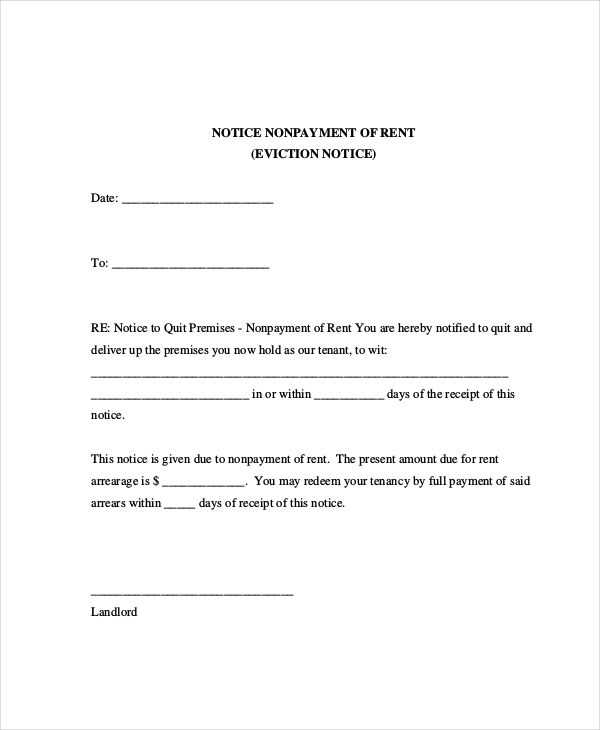
To make sure your message is complete and professional, it should contain the following elements:
- Move-out date: Clearly mention the exact day you plan to leave the premises.
- Reason for leaving: While not mandatory, including a short explanation can help maintain a positive relationship.
- Contact details: Provide your new address or a phone number where the landlord can reach you.
- Security deposit: State your expectations regarding the refund of your deposit.
How to Properly Structure Your Message
For clarity and professionalism, ensure that your message follows a formal format:
- Keep it concise: Stick to the necessary information without going into excessive detail.
- Use formal language: Maintain a respectful tone throughout your communication.
- Proofread: Ensure there are no spelling or grammatical errors that could undermine the professionalism of the document.
Proper formatting and attention to detail will make your communication more effective and clear.
Common Mistakes to Avoid
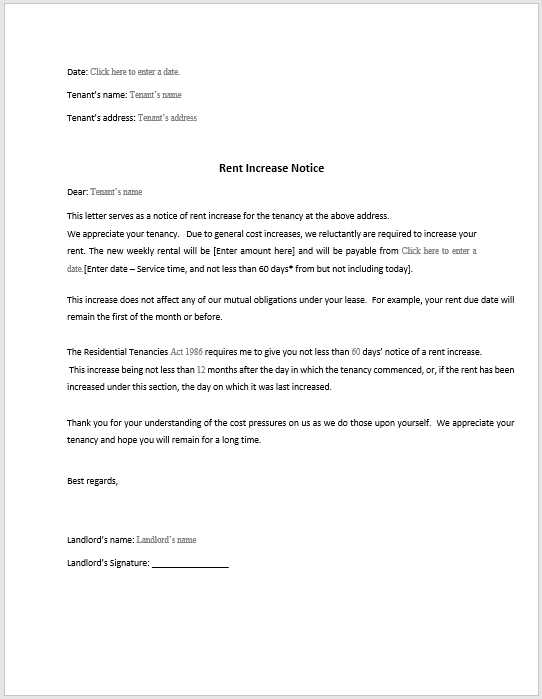
When drafting your message, be aware of these common errors:
- Missing essential information: Leaving out important details, like the move-out date or new contact information, can lead to confusion.
- Informal tone: Even if you have a friendly relationship with your landlord, a casual tone may come across as unprofessional.
- Incorrect timelines: Make sure to send your communication with enough time for the landlord to prepare and adjust accordingly.
Legal Aspects to Keep in Mind
In most places, there are legal requirements regarding how much notice you must give before vacating the premises. Ensure that your message complies with any local laws or rental agreement terms to avoid penalties.
After sending your communication, be proactive in taking further steps. Schedule an inspection with your landlord, clear up any remaining payments, and return all keys and items provided. These actions will help finalize the process smoothly and professionally.